Baëtis vernus Curtis - Medium Olive
Phylum: Arthropoda - Class: Insecta - Order: Ephemeroptera - Family: Baetidae
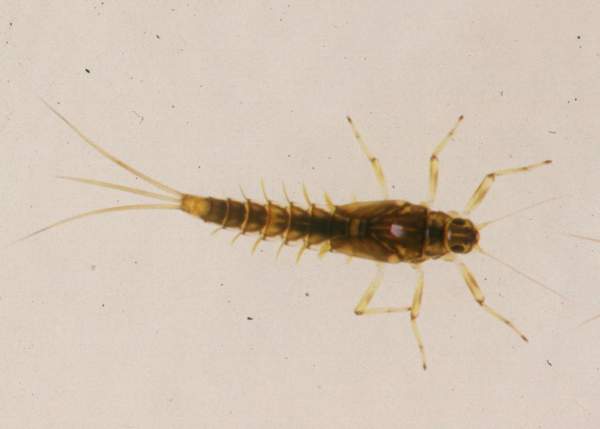
Note: strictly the genus name is Baëtis, but as people searching for information on the internet do not generally include accents (diacritical marks) such as the umlaut above the character ë, we have used the easier-to-type Baetis in the main text of this page.
The medium olive is an important summer fly on chalkstreams and on many spate rivers too. (It does not occur in enclosed waters such a ponds and lakes.) Peak hatches occur in May and June, but most years these flies are to be found on rivers until at least the end of August.
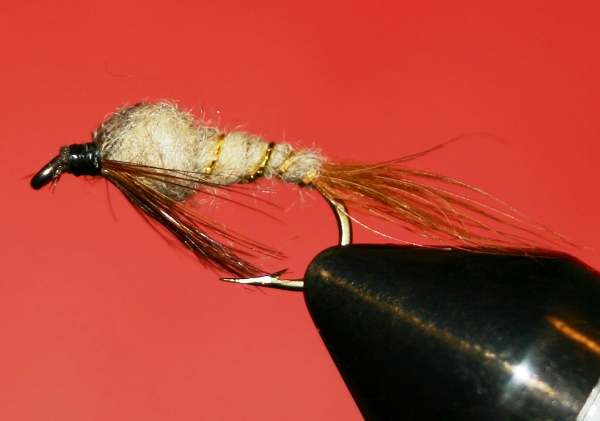
The nymphs are agile darters with slim, torpedo-shaped bodies. From an angling point of view they are important not only when Medium Olives are hatching but also when there is no hatch. This is because agile darters swim from one vantage point (a rock or a weedbed) to another, and so the trout have a chance to see and seize them. A size 16 Pheasant-tail Nymph is a good pattern to use at such times.
When a hatch of Medium Olives begins, trout feed on the emergers - duns escaping from their final nymphal skins or shucks - at or close to the surface of the river. A paler nymph pattern with a more humpy thorax is useful then, and my preference is for the easy-to-tie Gold-ribbed Hare's Ear Nymph. Again a size 16 standard hook is about right for matching the natural insect, but going up one size to a 14 will sometimes provoke a cautious but greedy old trout to rise.
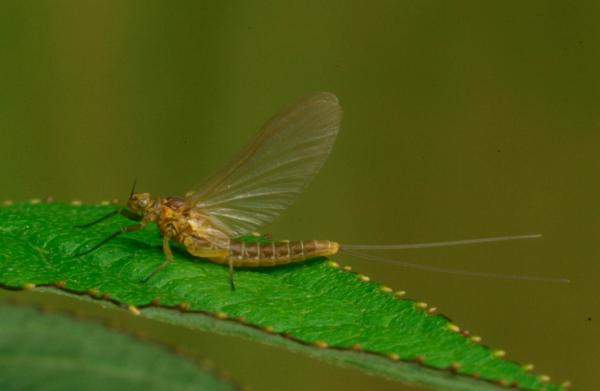
Dun or subimago
The dun hatches from mid morning until late afternoon or early evening and tends to come off the water in a trickle hatch (unlike, for example, March Browns, which usually come off in flushes).
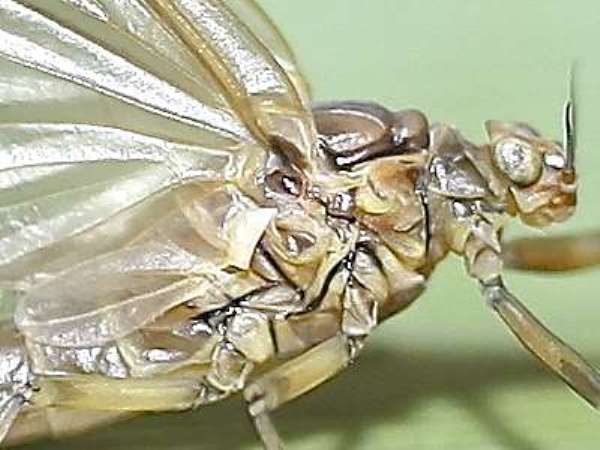
There are at least two generations of Medium Olives on British rivers, and so the offspring of the spring hatch extend the season as well as providing the eggs that will overwinter and provide the spring hatches in the following year.
A perfect fly for matching the Medium Olive dun hatch is that classic dry fly the Greenwell's Glory. The original, the invention of Canon William Greenwell of Durham, was a wet fly, and yet it was proposed as the fly to use when trout were rising to duns. A lot has changed in the 160 or so years since this fly was devised, but in those days dry-fly fishing was in its infancy and most anglers still persisted with wet-fly fishing even when there was a good hatch.
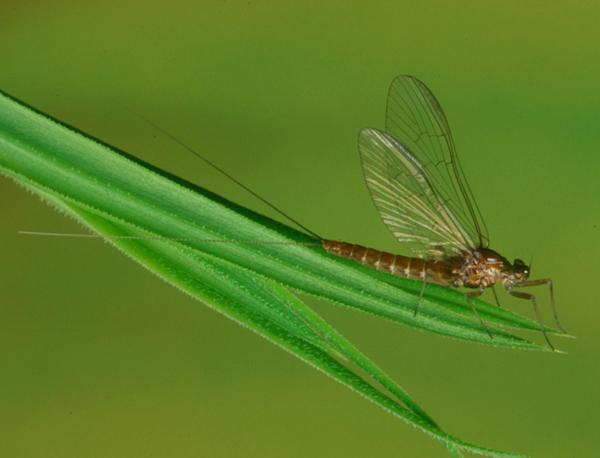
Spinner or imago
The female spinner of the Medium Olive is a little darker in the body than the dun, and it has clear shiny wings.
Fishing tip
Many anglers use a Tups Indispensable when Medium Olives are laying eggs. The female spinner crawls down emergent vegetation or onto a semi-submerged rock from where she can clamber beneath the water to deposit her eggs below the surface. Once all eggs have been placed in a neat patch on a rock, twig or leaf, the tired spinner drifts up to the surface from where she may fly off but more often gets trapped in the surface film and dies. At this stage the wings are spread out on the surface like an aeroplane that has crash landed.
The Tups is a reasonably good general imitation of a female Medium Olive spinner (and considerably better as a match for the male!), but it is best fished awash rather than riding high up on the surface of the water.
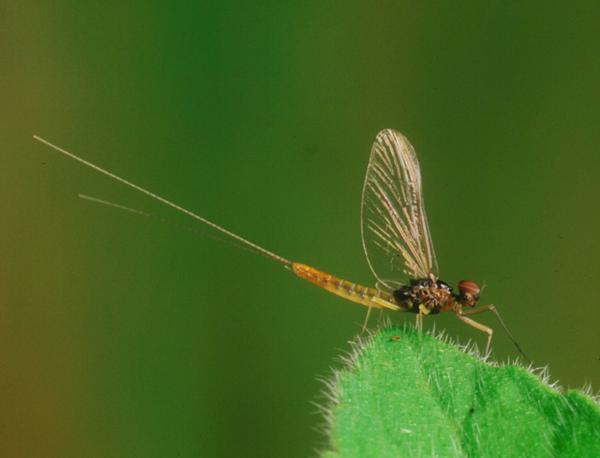
Male Medium Olive spinners swarm during the daytime and early evening, each no doubt hoping to be selected when a female enters the swarm. Once dusk begins falling the male spinners seem to fade away.
Footnote: Baëtis is often written simply as Baetis (without the accent on the e) but as this is the scientific name given to a genus the capitalised form Baetis is used rather than baetis.
Excited by rivers and streams? So are we, and we're pretty sure you would find the Winding River Mystery trilogy of action-packed thrillers gripping reading too. Dead Drift, Dead Cert, and Dead End are Pat O'Reilly's latest river-based novels, and now they are available in ebook format. Full details on our website here...
Buy each volume in ebook format for only £2.47 on Amazon... Paperbacks also available on Amazon at £6.95 each. All proceeds go towards keeping the First Nature website online.
Please Help Us: If you have found this information interesting and useful, please consider helping to keep First Nature online by making a small donation towards the web hosting and internet costs.
Any donations over and above the essential running costs will help support the conservation work of Plantlife, the Rivers Trust and charitable botanic gardens - as do author royalties and publisher proceeds from books by Pat and Sue.
